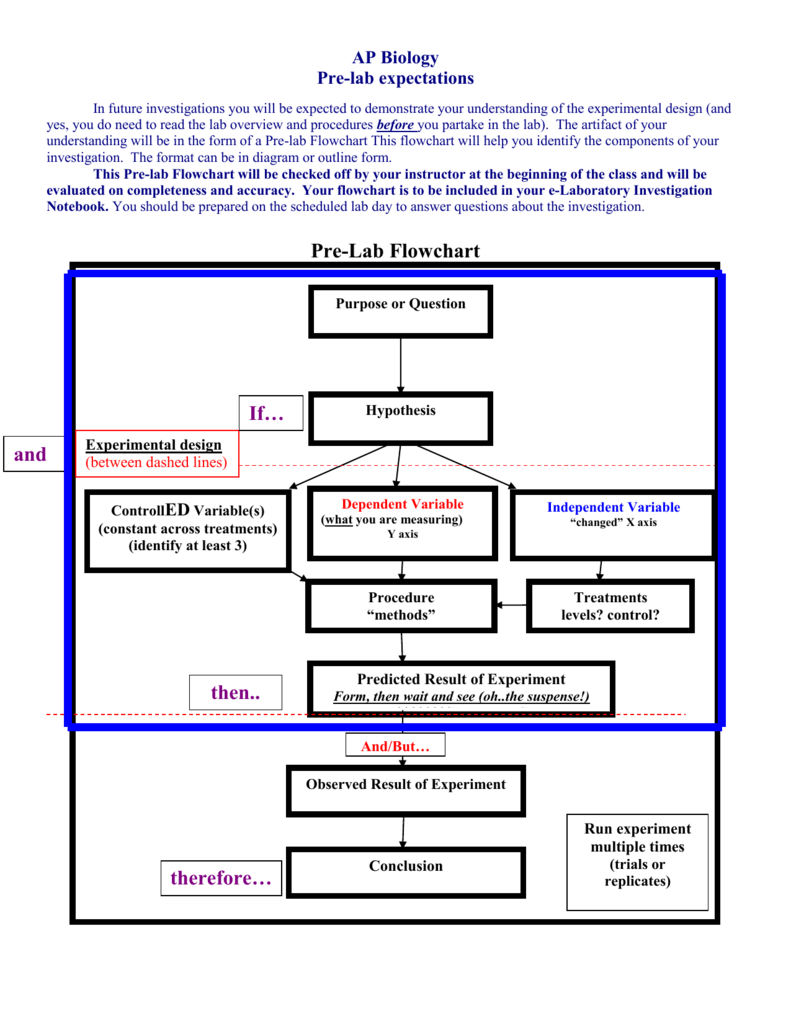Table Of Content

In this way, they could classify patients in experimental and comparison groups without affecting policy or telling people where to live. The RD design is viewed as one of the strongest alternatives to the RCT from both Campbell’s (Cook, 2008; Shadish et al., 2002; Trochim, 1984) and Rubin’s (Imbens and Lemiuex, 2008; Rubin, 1977) perspectives. However, it introduces two new challenges to causal inference that do not characterize the RCT. First, it is assumed that the functional form of the relationship between the quantitative assignment variable and the outcome is properly modeled.

Masters of healthy, sustainable, high-performance design.
Such guidelines rather serve an educational purpose of making researchers aware of possible pitfalls and biases before the experimental conduct. There are resources to assist investigators in designing rigorous protocols and identify sources of bias. Cross-referencing to experimental reporting guidelines and checklists (e.g. ARRIVE (NC3Rs 2018a), the NIH guidelines (NIH 2018a) and the Nature reporting of animal studies checklist (Nature 2013)) can be informative and helpful when planning an experimental protocol. However, it is important to bear in mind that these are primarily designed for reporting purposes and are not specifically designed for use in assisting with experimental design.
General Scientific Methods for Designing In Vivo Experiments
Impact of prolonged carbapenem use-focused antimicrobial stewardship on antimicrobial consumption and factors ... - Nature.com
Impact of prolonged carbapenem use-focused antimicrobial stewardship on antimicrobial consumption and factors ....
Posted: Mon, 04 Sep 2023 07:00:00 GMT [source]
Nonetheless, this design can be useful for exploratory studies aimed at testing a measures or the feasibility of further study. When true experiments and quasi-experiments are not possible, researchers may turn to a pre-experimental design (Campbell & Stanley, 1963). [4] Pre-experimental designs are called such because they often happen before a true experiment is conducted. Often, researchers want to see if their interventions will have an effect on a small group of people before they seek funding and dedicate time to conduct a true experiment.
Static-Group Comparison
Pre-experimental designs, thus, are usually conducted as a first step towards establishing the evidence for or against an intervention. However, this type of design comes with some unique disadvantages, which we’ll describe as we review the pre-experimental designs available. Though it is beyond the scope of this textbook to describe the plethora of quasi-experimental designs, one more design is worth mentioning.
(PDF) Trainers' Characteristics Affecting Online Training Effectiveness: A Pre-Experiment among Students in a ... - ResearchGate
(PDF) Trainers' Characteristics Affecting Online Training Effectiveness: A Pre-Experiment among Students in a ....
Posted: Mon, 11 Mar 2024 07:00:00 GMT [source]
First, some other confounding event (e.g., introduction of a new heart medication) may occur at about the same time as the introduction of the intervention. For example, some cities have offered college scholarships to all students who graduate from high school. In such cases, in addition to any effect of the program on the achievement of city residents, the introduction of the program may foster immigration of highly education-oriented families to the city, changing the nature of the student population. For example, new criteria for the diagnosis of angina or myocardial infarction may change the number of heart disease cases even in the absence of any effect of the intervention.
Exploratory and Confirmatory Research
The original Head Start program included not only its well-known educational program, but also basic health services to children (e.g., nutrition supplements and education, immunization, screening). In addition to positive effects on educational achievement, Ludwig and Miller found results demonstrating lower mortality rates in children aged 5 to 9 from diseases addressed by the program (e.g., measles, anemia, diabetes). Pre-experiments offer few advantages since it is often difficult or impossible to rule out alternative explanations. The nearly insurmountable threats to their validity are clearly the most important disadvantage of pre-experimental research designs. Despite these limitations, pre-experimental designs can serve as valuable starting points in exploratory research, laying the groundwork for more rigorous experimental designs in the future. Another characteristic of pre-experimental design is the absence of random assignment.
A single case is observed at two time points, one before the treatment and one after the treatment. Changes in the outcome of interest are presumed to be the result of the intervention or treatment. In a pre-experimental design, there is typically only one group of subjects, and this group is measured or observed both before and after an intervention or treatment. Characteristics of pre-experimental design include its ability to determine the significance of treatment even before the true experiment is performed.
These alternatives to evidence-based practice of the most literal and rigorous scientific variety suggest some advantages and complementarities of a model of practice-based evidence that produces locally adapted and prospectively tested evidence. Users of this and other guidance for linking research to the decisions they must make in their own settings will need to trade off some degree of rigor for more reality in the setting, conditions of practice, and free-living populations observed. To illustrate this design, consider an evaluation of a campaign to increase sales of lottery tickets (Reynolds and West, 1987). State lottery tickets are sold primarily in convenience stores and contribute to general state revenue or revenue for targeted programs (e.g., education) in several states. The Arizona lottery commission wished to evaluate the effectiveness of a sales campaign to increase lottery ticket sales in an 8-week-long lottery game. In the “Ask for the Sale” campaign, store clerks were instructed to ask each adult customer during checkout if he or she wished to purchase a lottery ticket.
If you cannot manage the ethical norms along with your research study, your research objectives and validity could be questioned. Usually, researchers miss out on checking if their hypothesis is logical to be tested. If your research design does not have basic assumptions or postulates, then it is fundamentally flawed and you need to rework on your research framework.
There are many different quasi-experimental designs in addition to the nonequivalent comparison group design described earlier. Describing all of them is beyond the scope of this textbook, but one more design is worth mentioning. Additionally, multiple observations afterwards allow the researcher to see whether the intervention had lasting effects on participants. With respect to units, participants (people or small clusters of people), times, settings, or outcome measures may serve as the units of analysis. Research in public health and medicine commonly assigns treatments to individual (or small groups of) participants.
Reporting of the precise details of bias reduction methods is often scanty, and therefore accurate assessment of the precise method and rigour of such procedures is challenging. Moreover, those papers that do not report one bias-reducing method, e.g. randomisation, also tend to not report other bias-reducing methods, e.g. blinding and sample size calculation, suggesting that there could be interactions between these methods. Measurements are taken to assess the results; these are recorded as outcome measures (also known as dependent variable). The primary outcome measure should be identified in the planning stage of the experiment and stated in the protocol; it is the outcome of greatest importance, which will answer the main experimental question. The number of animals in the experiment is determined by the power needed to detect a difference in the primary outcome measure.
When true experiments are not possible, researchers often use quasi-experimental designs. In pre-experimental designs, researchers observe or measure subjects without manipulating variables or controlling conditions. Often, these designs lack certain elements of a true experiment, such as random assignment, control groups, or pretest measurements, making it difficult to determine causality. Researchers that wish to conduct a true experiment in medical science or social work may be required to deny necessary treatment to clients, which is violates professional ethics.
In the case of fuzzy RD designs, sensitivity analyses in which different plausible assumptions are made about alternative functional forms of the relationship and selection models can also be conducted. To understand the RD design, consider the example of evaluating the effectiveness of school lunch programs on health, which is illustrated in Figure E-1. In the figure, all children with a family income of less than $20,000 qualify for the program, whereas children whose families exceed this threshold do not. The outcome measure (here a measure of health problems, such as number of school absences or school nurse visits) is collected for each child. In modeling the relationship between the known quantitative assignment variable (family income) and the outcome, the treatment effect will be represented by the difference in the levels of the regression lines at the cutpoint. In the basic RD design, treatment assignment is determined entirely by the assignment variable.
In this way, they could classify patients in experimental and comparison groups without dictating state policy or telling people where to live. Another approach to assign participants to experimental and comparison groups in a quasi-experimental design is through matching. Researchers should think about what variables are important in their study, particularly demographic variables or attributes that might impact their dependent variable. When this is done at the beginning of an experiment, the matched pair is split—with one participant going to the experimental group and the other to the control group. In contrast, an ex post facto control group is when a researcher matches individuals after the intervention is administered to some participants.

No comments:
Post a Comment